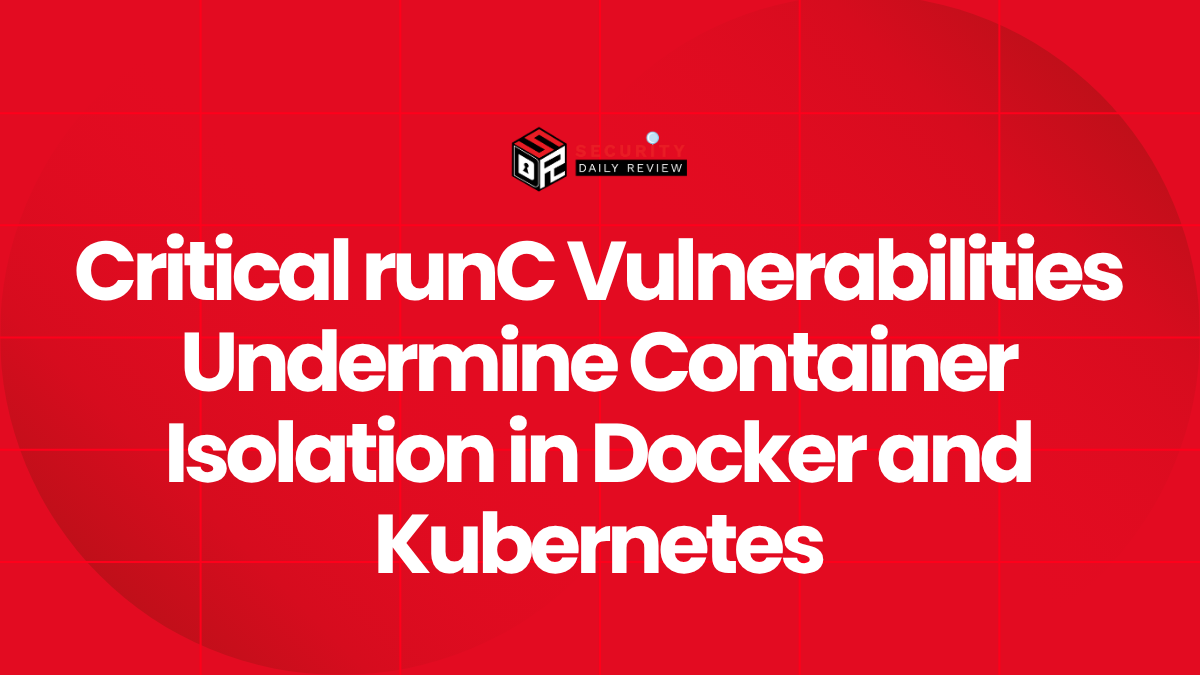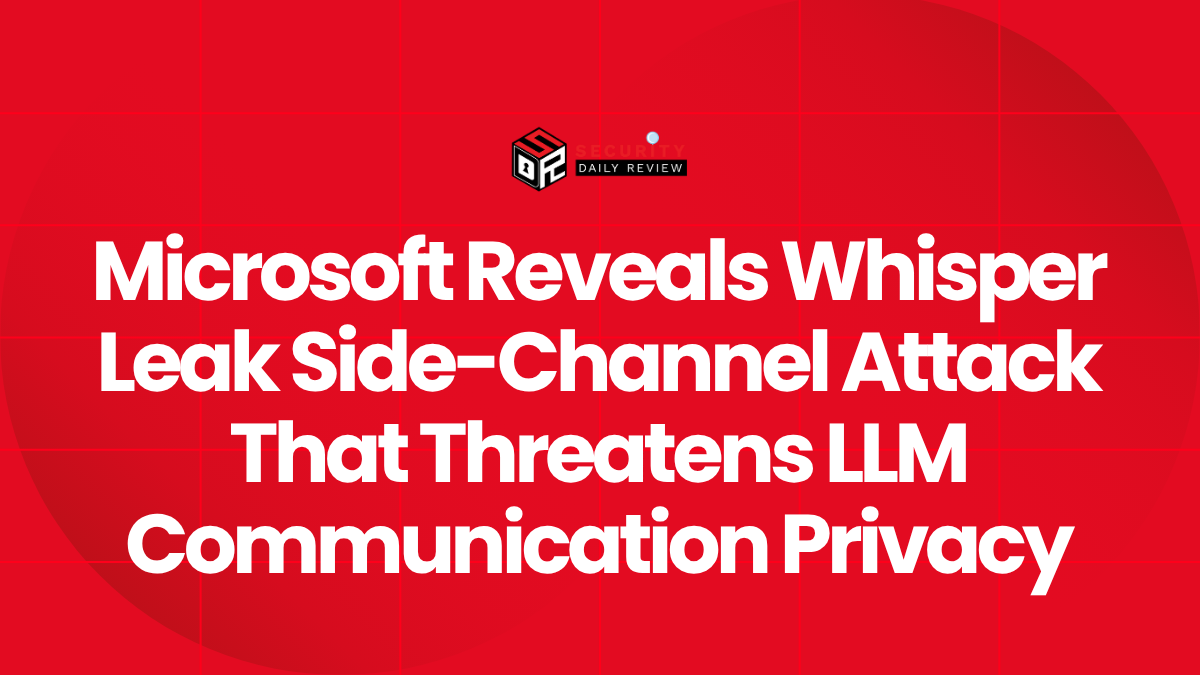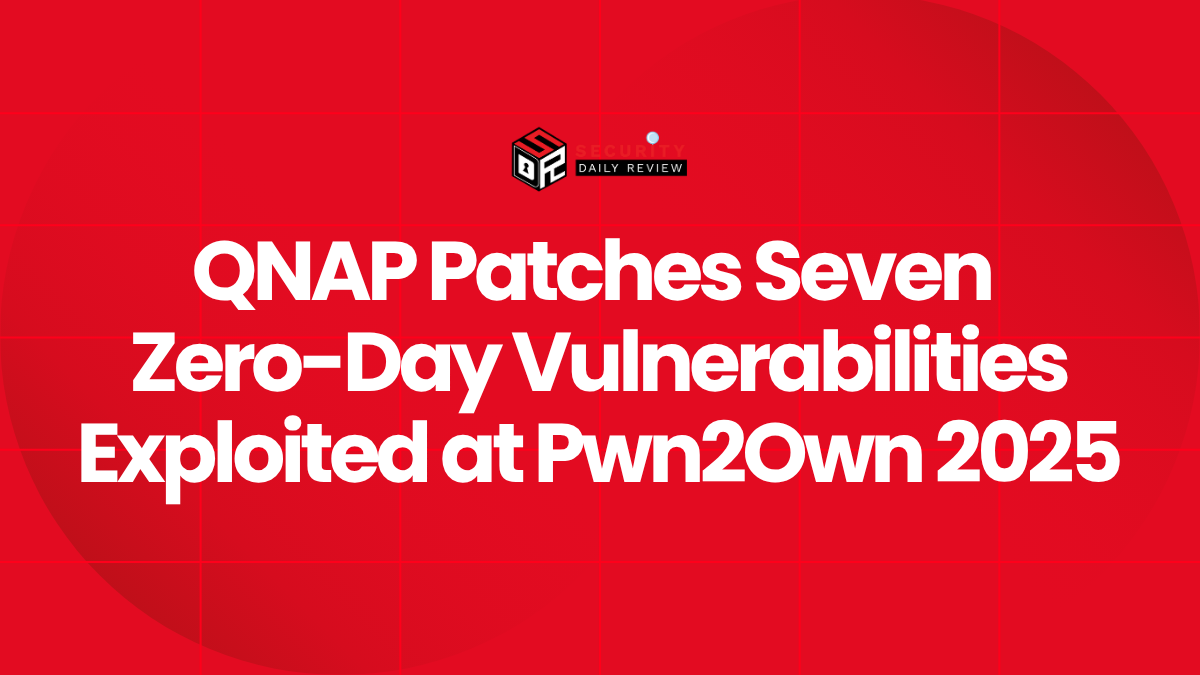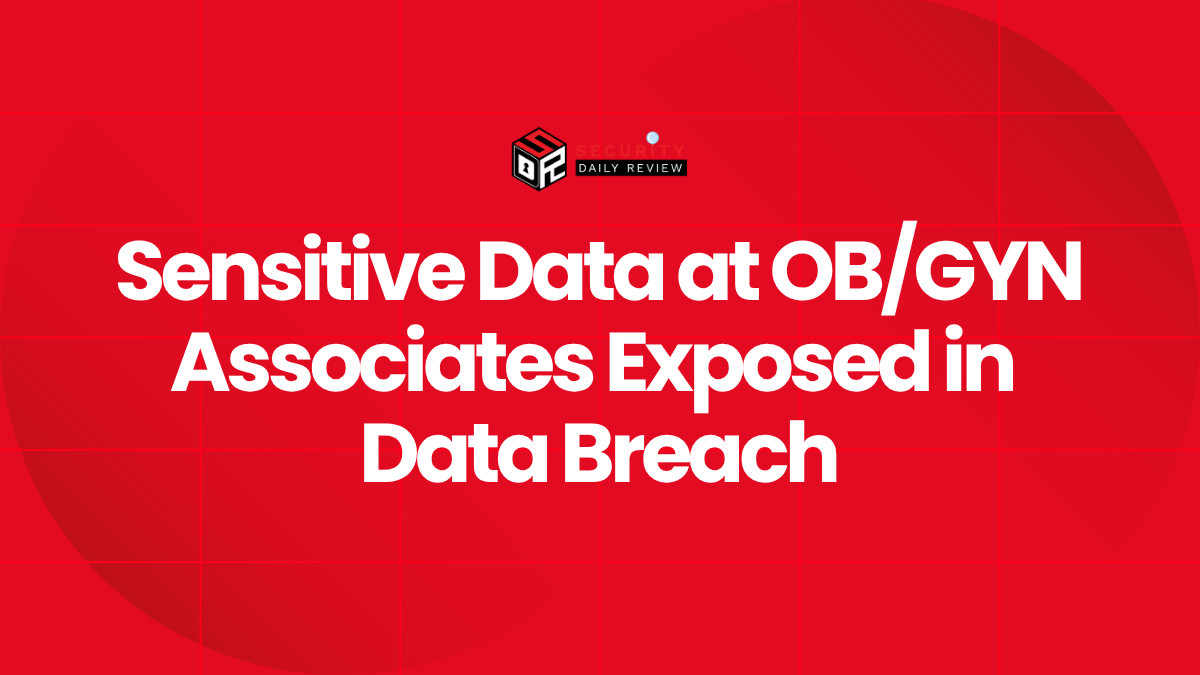Three high-severity vulnerabilities disclosed in the widely used runC container runtime have raised significant concerns for container-based environments, including Docker and Kubernetes. The flaws enable container escapes — a security risk that undermines one of the core benefits of containerization: isolation from the host.
These vulnerabilities have been tracked as CVE-2024-21626, CVE-2024-23651, and CVE-2024-23652. Each of these could enable a threat actor with limited access inside a container to break out and interact directly with the host system.
runC Vulnerability Details Reveal Dangerous Container Escape Paths
Developers and operators of cloud-native platforms are urged to patch runC immediately or mitigate exposure, as these flaws could be weaponized to compromise container hosts.
CVE-2024-21626 Enables Host-Level Command Injection
CVE-2024-21626, the most critical of the three, is a command injection vulnerability in the runC `libcontainer` that affects how arguments are passed to the host system. A malicious container user with low privileges can exploit this flaw by invoking runC with specially crafted arguments.
This vulnerability could allow for arbitrary command execution on the host. The issue occurs during the handling of container process arguments, where improper sanitization lets attackers escape the container context and execute commands with elevated privileges.
Successful exploitation of CVE-2024-21626 requires either a new container to be spawned with attacker-controlled arguments or a scenario where an attacker can influence container configurations already in use. Existing protections like Linux namespaces offer no defense against this flaw if runC is not updated.
CVE-2024-23651 and CVE-2024-23652 Exploit Working Directory and Mount Behavior
The other two vulnerabilities — CVE-2024-23651 and CVE-2024-23652 — stem from insufficient validation of the container’s working directory and mount behavior. These are classified as container escape vulnerabilities, particularly when containers are launched with additional privileges or sensitive volumes mounted.
- CVE-2024-23651 allows an attacker to create symbolic links from a container to unexpected paths on the host, such as `/proc` or `/sys`, potentially exposing sensitive kernel interfaces.
- CVE-2024-23652 can enable malicious alteration of bind mounts, allowing the attacker to expose or overwrite host paths under specific runtime configurations.
What makes these flaws especially risky is their potential for horizontal escalation across multi-tenant environments in container-orchestrated systems like Kubernetes. If leveraged against nodes within a cluster, attackers can pivot from compromised pods to entire host systems.
Impact on Kubernetes and Docker Environments
The disclosed flaws weaken critical assumptions about container security and require urgent remediation from security teams managing large-scale deployments.
Given that both Docker and Kubernetes rely heavily on runC to manage container lifecycle and isolation, the discovery of these vulnerabilities highlights the need for constant vigilance in the container security stack. Kubernetes clusters, especially those hosting multi-tenant workloads or running containers with escalated privileges, are at heightened risk.
Potential impacts from exploiting these vulnerabilities include:
- Host compromise via container escape
- Cross-container data access in shared environments
- Privilege escalation on container hosts
- Exposure of secrets or sensitive data from mounted volumes
Cloud service providers or platform operators who fail to apply the patched versions may find themselves vulnerable to supply chain compromise, especially in CI/CD (Continuous Integration and Continuous Deployment) pipelines where ephemeral containers are frequently spun up and torn down.
Patching and Mitigation Recommendations
Affected organizations should upgrade runC to version 1.1.12 or later, which remediates all three CVEs. Distributions that bundle runC — such as containerd, Docker Engine, and Kubernetes distributions like GKE or EKS — are also rolling out patched versions.
Security teams should:
- Identify and inventory all assets that rely on runC and container runtimes.
- Apply vendor patches or rebuild container runtimes with the updated runC.
- Audit workloads for excessive privileges and container configurations that enable volume mounts or host path access.
- Implement runtime protections such as SELinux, AppArmor, and seccomp profiles to provide defense-in-depth against container exploits.
- Use container security tools to monitor for suspicious behavior at the host-container boundary.
A Wake-Up Call for Cloud-Native Security
The runC vulnerabilities underscore the importance of securing lower-level infrastructure components that support modern application deployments. Although containers offer fast, scalable deployment, attackers increasingly see them as a viable vector to target cloud infrastructure.
Just as the industry shifted from perimeter-focused defenses to zero trust and intrinsic security, container security must emphasize runtime integrity, minimal permissions, and proactive vulnerability scanning. The concern now extends beyond securing the code inside the container — security teams must scrutinize the container runtime itself.
As the cloud-native landscape continues to evolve, so do its attack surfaces. The runC flaws are not just bugs — they are a reminder that even foundational components of the container ecosystem require vigilant maintenance and defense.









